A tribute to the Apollo 17 mission from 1972 by showcasing an original NASA Earth Orbit Chart (AEO) in a laser engraved plexiglass along with mechanical position indicator which animates the launch sequence and position of the spacecraft during the first Earth Revolutions.
Apollo 17 Earth Orbit Chart
An original Apollo 17 Earth Orbit Chart encased in laser engraved plexiglass lighting up the orbit tracks with moving position indicator.
 Tom Mladenov
Tom Mladenov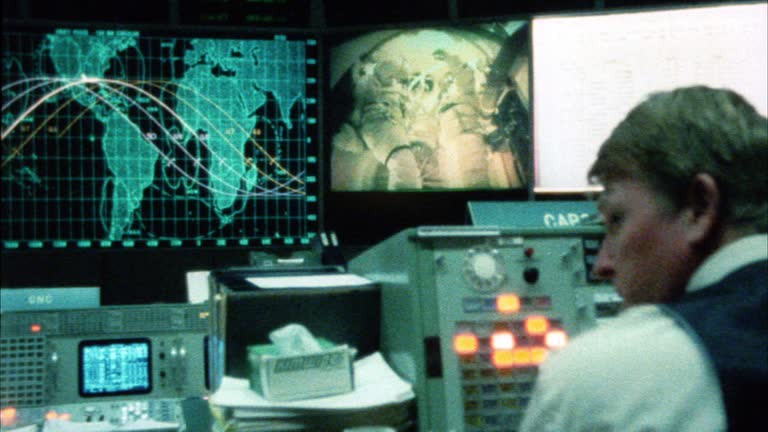 The orbit maps themselves are were also used in the control room and can be seen in below frame on the right during the Apollo 13 mission:
The orbit maps themselves are were also used in the control room and can be seen in below frame on the right during the Apollo 13 mission: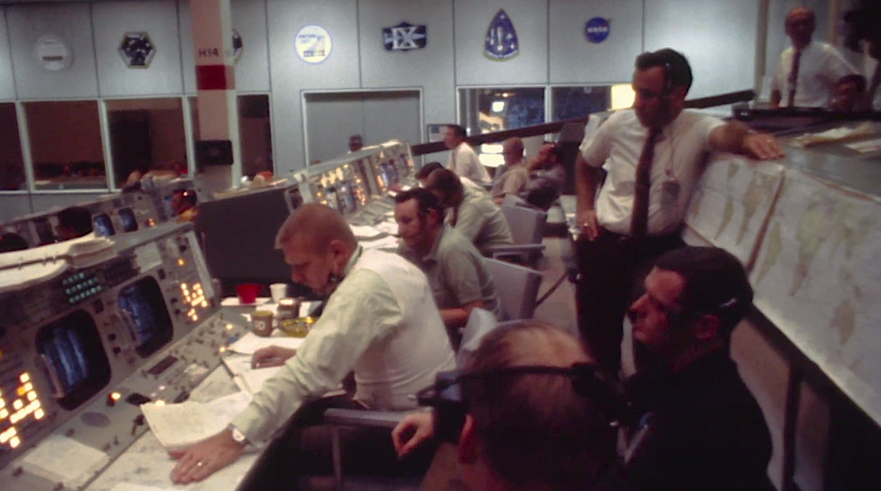
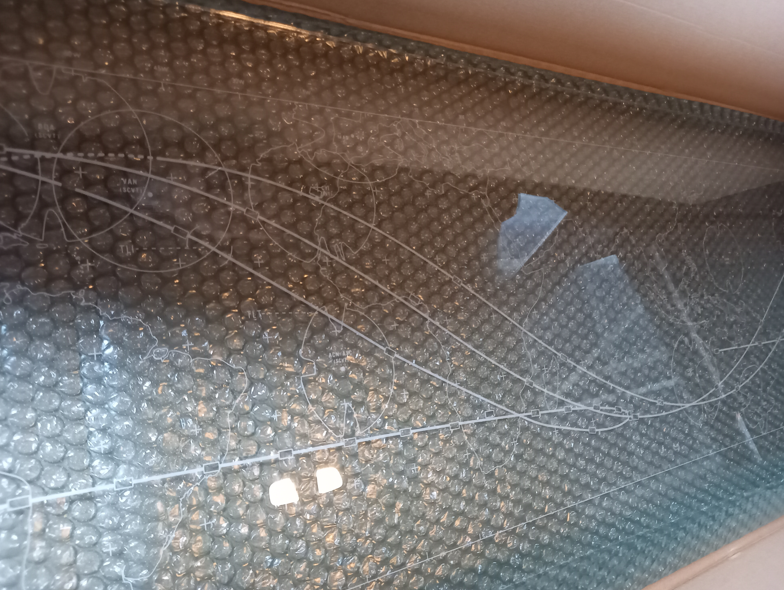
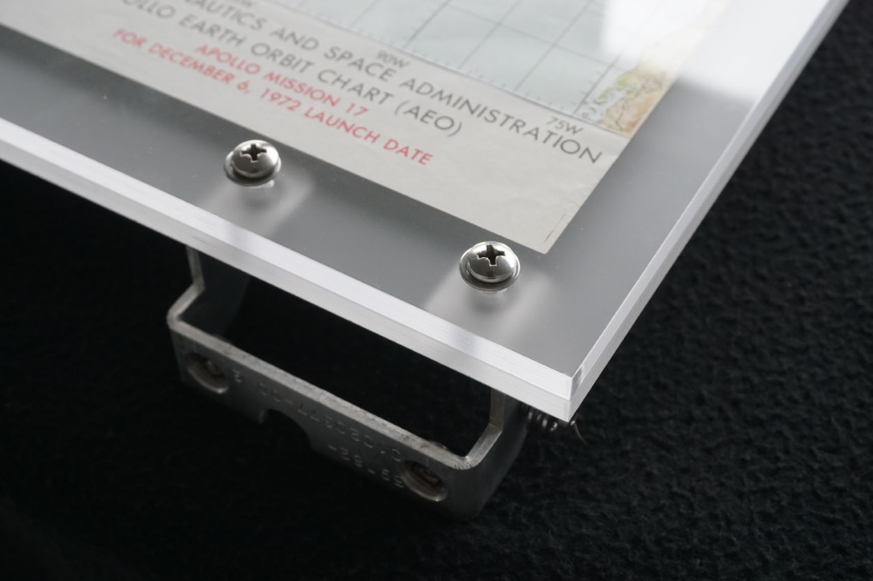


 The map shows the first tree Earth revolutions for launch azimuths 72 and 100 degrees (marked in between the tracks), when Apollo 17 launched a day later, the actual launch azimuth was around 82 degrees. The orbit tracks also feature boxes on them with the lapsed time since launch in hours/minutes notation which can be used to read the expected AOS and LOS contact times with the various ground sites.
The map shows the first tree Earth revolutions for launch azimuths 72 and 100 degrees (marked in between the tracks), when Apollo 17 launched a day later, the actual launch azimuth was around 82 degrees. The orbit tracks also feature boxes on them with the lapsed time since launch in hours/minutes notation which can be used to read the expected AOS and LOS contact times with the various ground sites.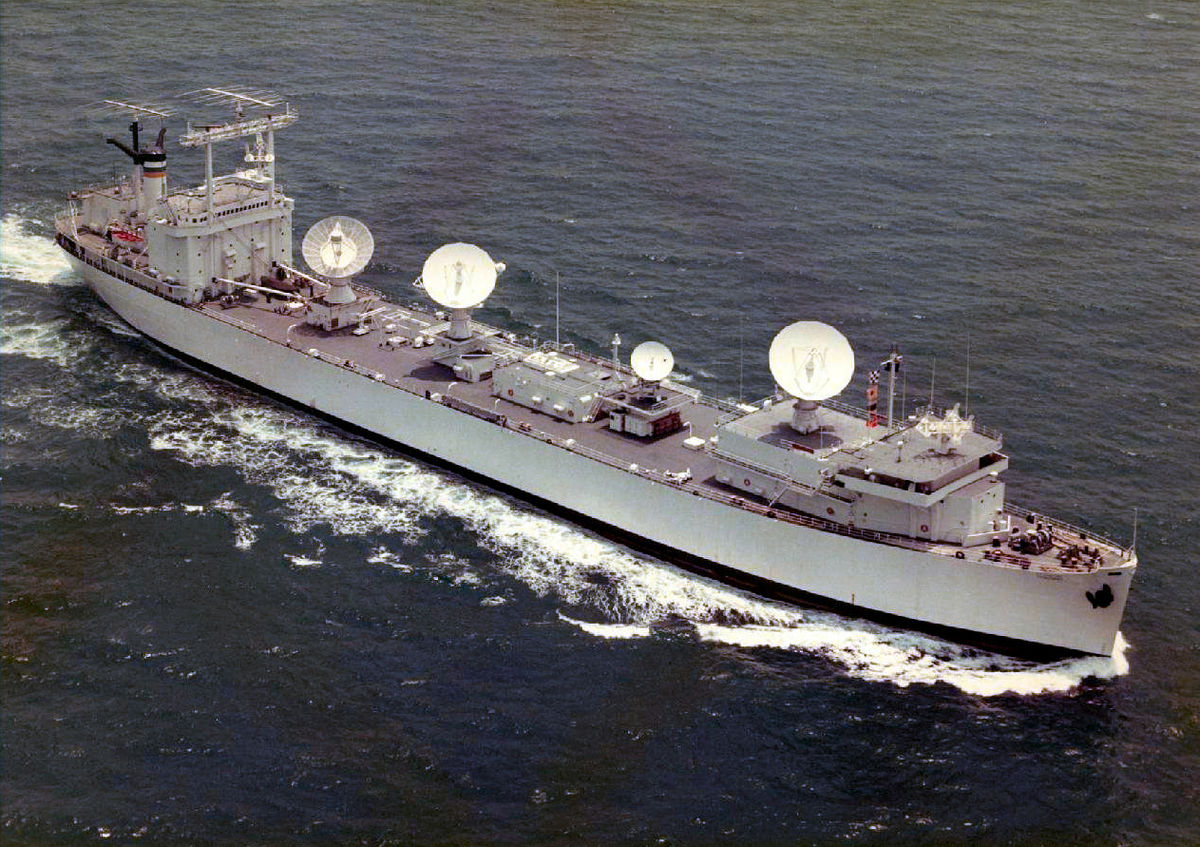


looks great